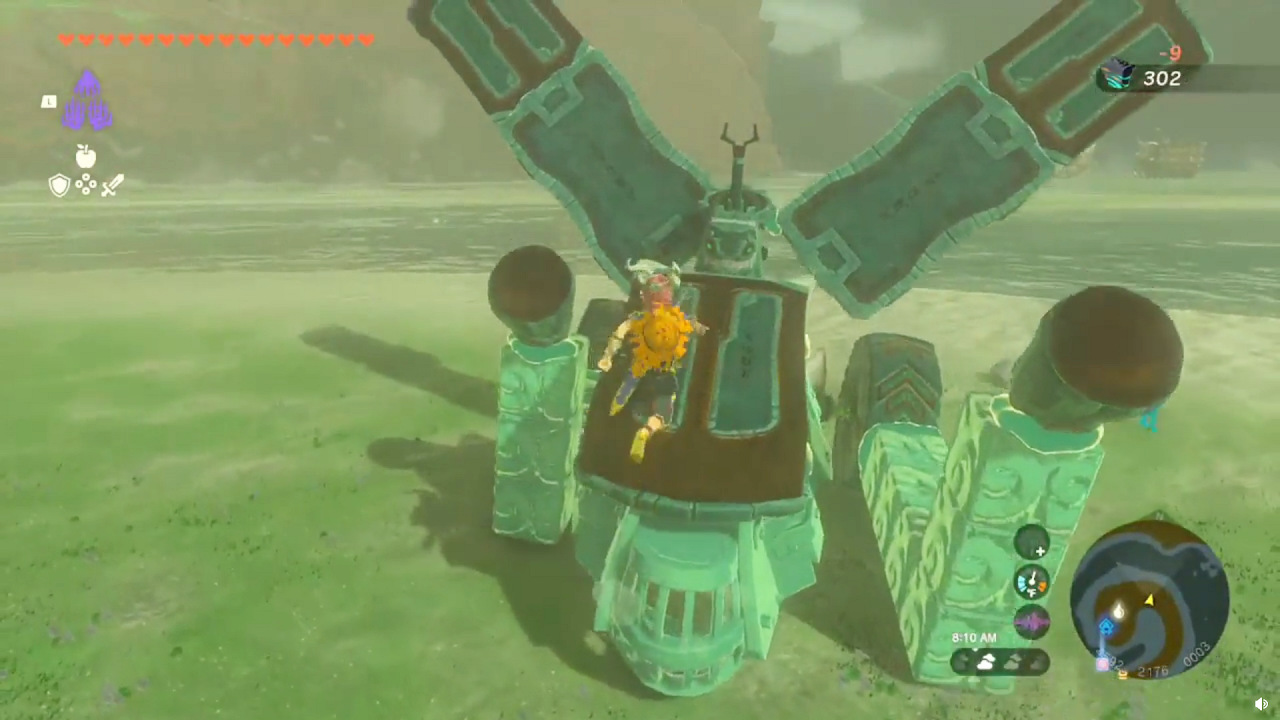The short-lived invention of quantum linking in Tears of the Kingdom and what all it made possible

A “quantum link” glitch was discovered in The Legend of Zelda: Tears of the Kingdom, which allowed you to force connections between objects without them physically coming into contact. Although players immediately began putting together all sorts of contraptions using the effect of the glitch, like a four-wheel-drive car and a bipedal mech based on Metal Gear RAY, the glitch was fixed in the recently released Ver.1.2.0 update for the game.

On the r/HyruleEngineering subreddit, where Tears of the Kingdom players share all kinds of inventions, a user reported a glitch dubbed the “quantum link” (hereafter Q-Link), prompting others to use it for their own creations. The Q-Link glitch allows for objects to be linked over a distance without direct contact and can also be used to form attachments between objects at arbitrary angles, like joining two wooden beams into a cross. Unfortunately, the Q-Link glitch was fixed by Nintendo in the recently released Ver.1.2.0 update, but we would like to introduce a number of these “preternatural” Q-Link inventions.
One of the inventions that has been gathering the most attention is a four-wheel-drive car that features multiple motors. The motors are objects that can be found in the Gemimik Shrine, and while they can’t be carried out like Zonai Devices, you can fuse them to a weapon or shield while in the shrine and then separate them in Tarrey Town in order to use them in your builds.
A player took these motors and used Q-Link to combine them with an electric battery, Big Wheel, Steering Stick, and other parts to create the car. Each wheel has its own motor, providing a much greater driving force and allowing it to achieve high speeds. This is only achievable thanks to the high level of durability granted by Q-Link.
Making objects in your builds appear invisible using fire entanglement was another method discovered to make objects seem “indirectly connected.” To do this, the first step is to fuse weapons with wood – this wood corresponds to what will be the invisible parts of the build. Next, use Ultrahand to attach the various parts of your build to the wood and register an Autobuild schematic. Finally, go to a high-temperature environment and use the Autobuild schematic. Complete the build after the wooden parts have burned away, and it will appear like you have transparent parts linking objects in your build.
However, it would be difficult to construct a four-wheel-drive car using this method, as it would present problems with the design and durability. Possibly due to the order in which the Q-Link glitch is performed, the connections between materials are sturdy and can withstand travel at high speeds, making it an indispensable technique for building four-wheel-drive cars. What’s more, the same player further upgraded their car, adding a spring to the Steering Stick, enabling travel over hilly roads. When the spring is engaged, it mechanically blocks the rotor from turning and allows the car to travel uphill using only the power of the Big Wheels.
Another player used Q-Link to recreate the Metal Gear RAY, a bipedal tank that appears in the Metal Gear Solid series. It was constructed using parts like Big Wheels, Stabilizers, motors, and bowel-shaped vessels found in shrines and replicates RAY’s bipedal walking. When first starting it up, it is also possible for it to leap using a rocket. The impact from the landing is sufficiently mitigated by the durability on offer thanks to Q-Link.
Incidentally, it is also possible to build it without Q-Link if you connect the two Big Wheels by placing two wheels from a wagon in between. But it is less durable when built this way and is unable to survive the landing if it jumps. The Metal Gear RAY design also sparked the inspiration of some other users, who developed their own two-legged mechs using similar components.
As an aside, using Q-Link or the invisible material technique to connect objects over empty space allows for some rather mysterious-looking designs. For example, there’s a player who created an excessively flashy contraption known as “Avatar Hudson.” It features a President Hudson sign and rapidly spinning Zonai Devices that unleash the four elements, in reference to Avatar the Last Airbender. These glitches have enabled players to pursue impractical designs with a focus on appearance, in addition to builds of practical use.
Written by. Marco Farinaccia based on the original Japanese article (original article’s publication date: 2023-07-11 20:18 JST)




